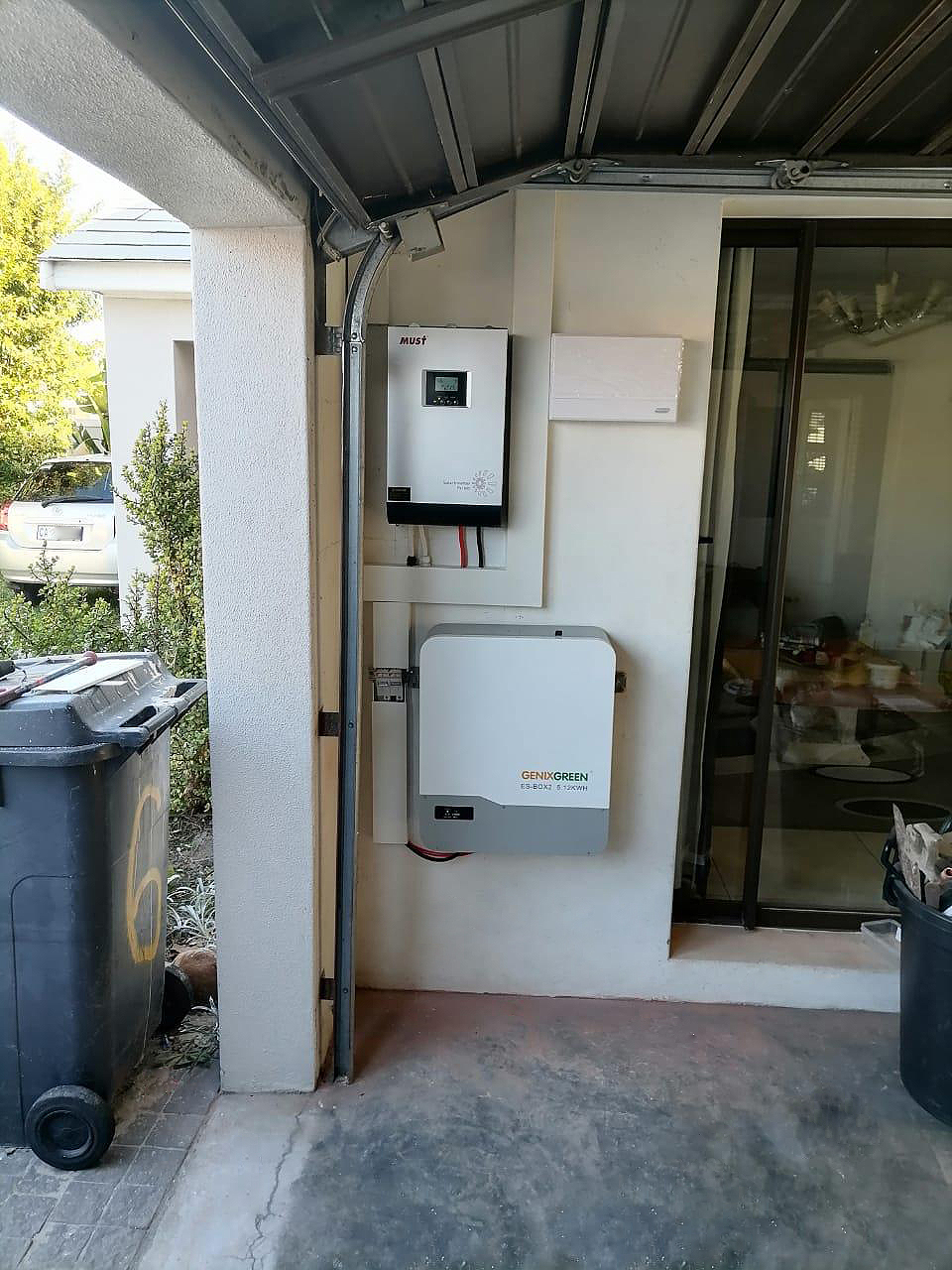Lithium-ion batteries have built a reputation that no product can overcome, at least for now. Lithium-ion batteries have proven to be the best solution for rechargeable energy. Not only that, but today energy can be stored directly from renewable sources (solar and wind, hydroelectricity, etc.) into lithium-ion batteries.
Scientists do not see the need to look for alternatives to lithium-ion batteries. On the contrary, all current research efforts are aimed at upgrading these batteries. From the first lithium batteries designed in 1970 to this moment, all the field has done is upgrade and enhance the same batteries "lithium ion batteries"
Current research is focused on removing flammable liquids from the inside of lithium-ion batteries. The liquid that can cause these batteries to catch fire. The new upgrade is referred to as a solid-state battery.
It is also worth noting that lithium-ion batteries are now the most economical solution for portable energy. They have become so affordable to manufacture that they are the first choice of every manufacturer of mobile phones, laptops and even electric cars.
Another thing that makes lithium-ion batteries irreplaceable - at least for now - is their size. Storing lithium-ion batteries in bulk is a simple task. They are compact, small, flexible and versatile. They can be stored easily and without hassle. Not only that, but they have an amazing shelf life. A single battery can be stored for up to ten years.
Research is now also focusing on how to integrate lithium ions into all energy storage. However, the problem they face is the discharge rate, which is relatively small. The challenge now is to produce a lithium-ion battery with a very slow discharge system that can last more than a day. In addition, the research is concerned with the size of these batteries. They want to create a high-capacity, small battery. As mentioned earlier, the batteries for electric cars used to be around two tones and now they are only 300 kg. If they can make them even smaller, that would be a big step in the right direction.
Furthermore, integrating lithium-ion batteries into more applications will ultimately save the planet. This is because - as already mentioned - you can now store energy from renewable sources in the battery. As a result, the need for fossil fuels is reduced. If we succeed in reducing the demand for fossil fuels by 5% per year. Then in less than a century our planet will be saved from the harmful emissions produced by the use of fossil fuels.

Lithium-ion batteries have the same mechanism of operation. When the battery is charged, the lithium-cobalt oxide 'positive electrode' produces a number of lithium ions, which move through the electrolyte to the negative electrode 'graphite' where they settle. During this process, the battery stores energy. After the charging process and during the discharging process; the lithium ions again move through the electrolyte from the negative electrode back to the positive electrode, which in turn generates energy to power the device to which the battery is connected.
Unlike conventional batteries, lithium-ion batteries have built-in electronic controllers. These controllers regulate how the battery is charged and discharged. These controllers prevent overcharging and overheating, which in some cases can lead to lithium-ion batteries exploding.
During the charging and discharging of a lithium-ion battery, electrons flow in the opposite direction to the movement of the ions around the external circuit. It is important to note that the electrons do not flow through the electrolyte itself. The electrolyte is effectively an insulating barrier which does not affect the movement of electrons.
The movement of ions throughout the electrolyte and the movement of electrons in the opposite direction around the external circuit are two interrelated processes. If either of these movements stops, the other also stops. When the battery is completely discharged and the ions stop moving through the electrolyte, the electrons stop moving through the external circuit at the same time. This is how you lose power in a device.
When a lithium-ion battery-powered device is switched on, the discharge rate is high; however, the discharge occurs even if the device is powered off. This is a disadvantage of lithium-ion batteries.
" During charging, lithium ions flow from the positive to the negative electrode through the electrolyte.
" Electrons also flow from the positive electrode to the negative electrode around the external circuit.
" Electrons and ions combine at the negative electrode and deposit lithium there.
" When no more ions are flowing, the battery is fully charged and ready for use.
" During discharge, ions flow back into the electrolyte. From the negative electrode flows back to the positive electrode. Electrons flow from the negative electrode to the positive electrode, but throughout the external circuit. This process powers your device.
" When all the ions in the battery have moved back, the battery is completely discharged and needs to be charged again.
